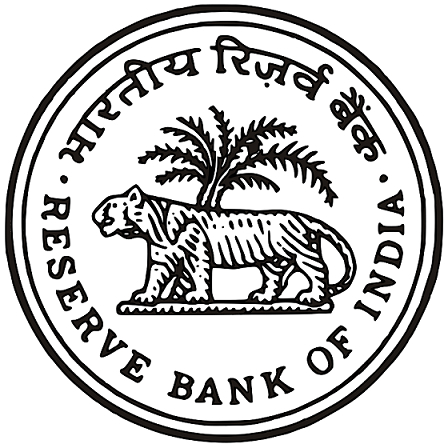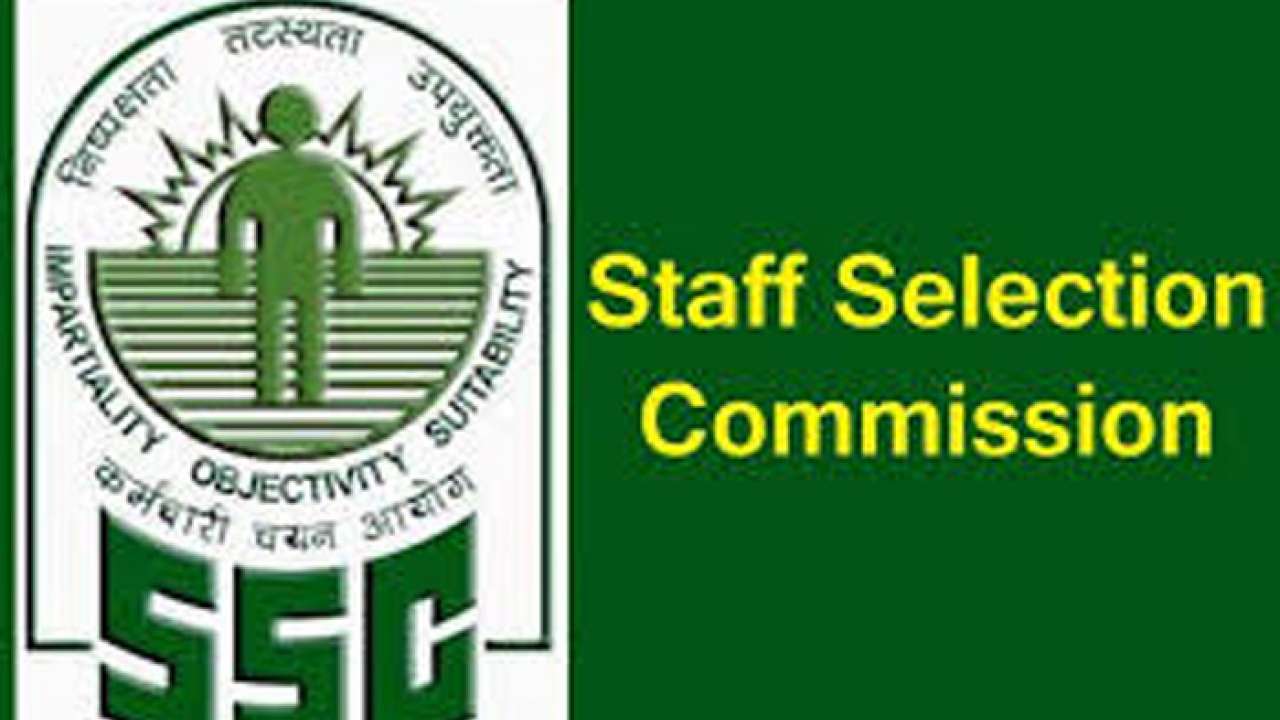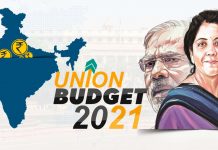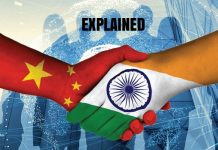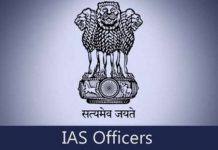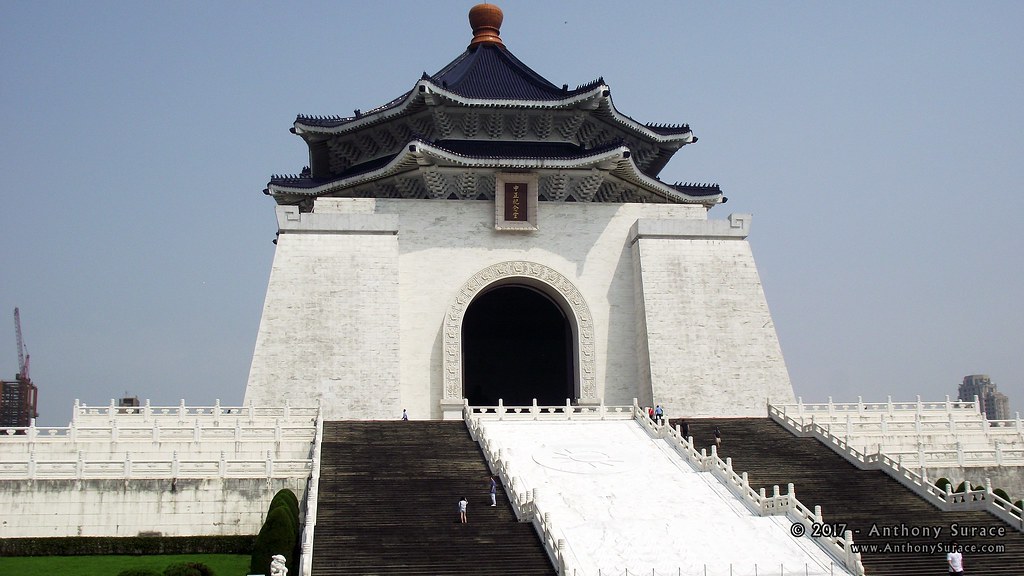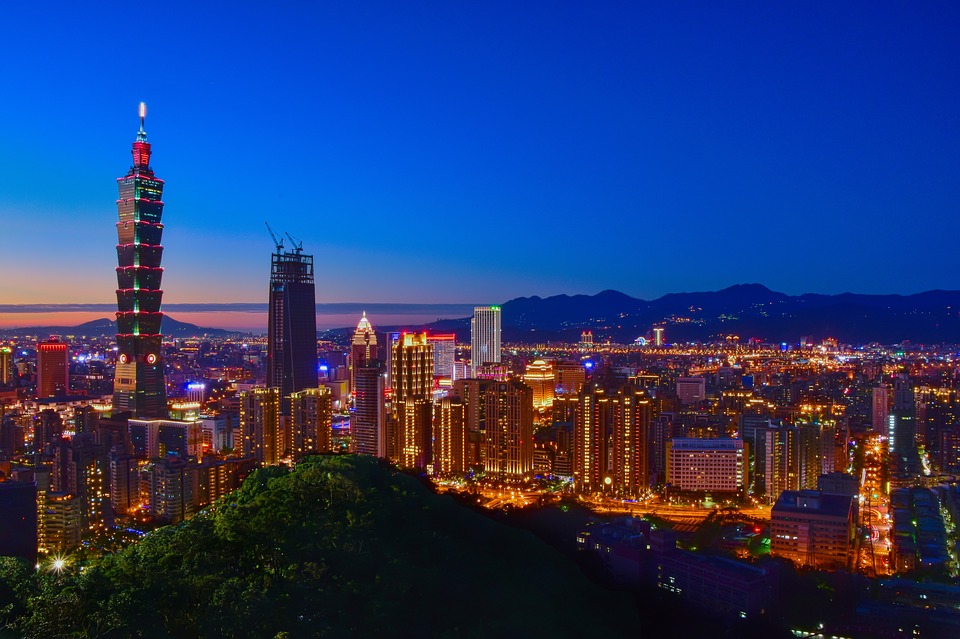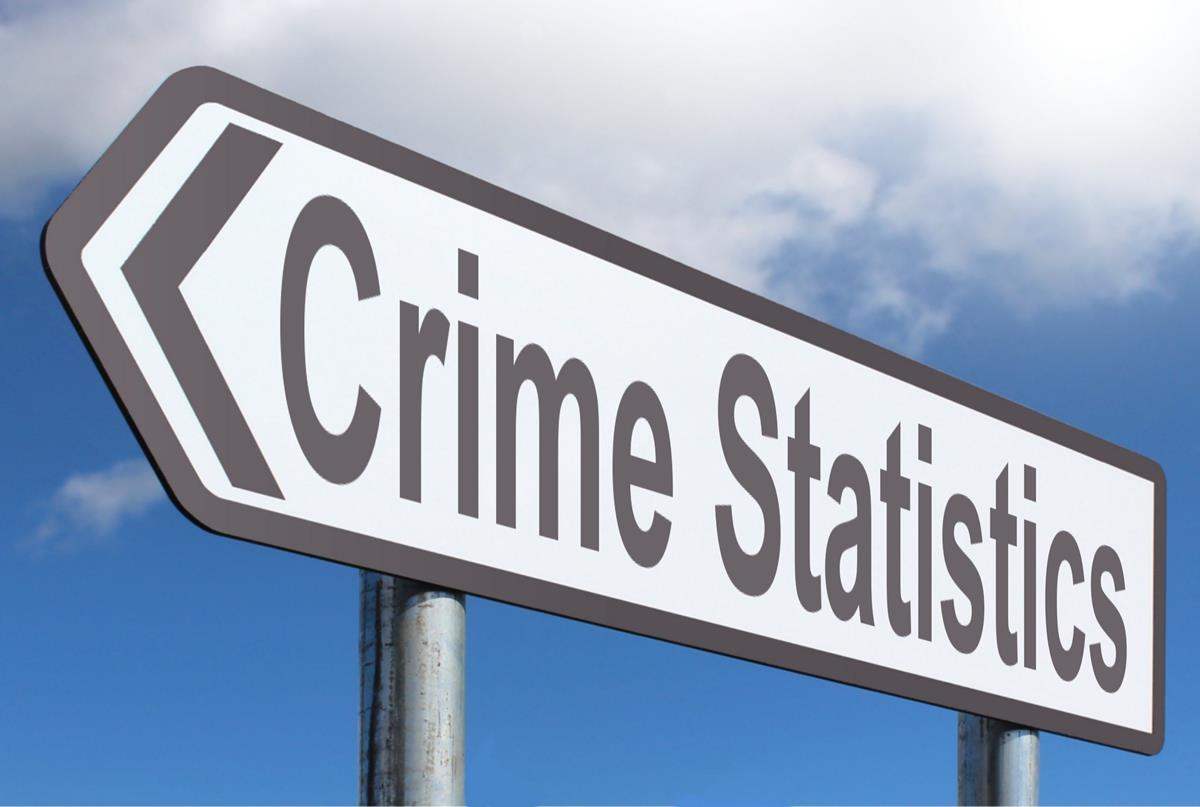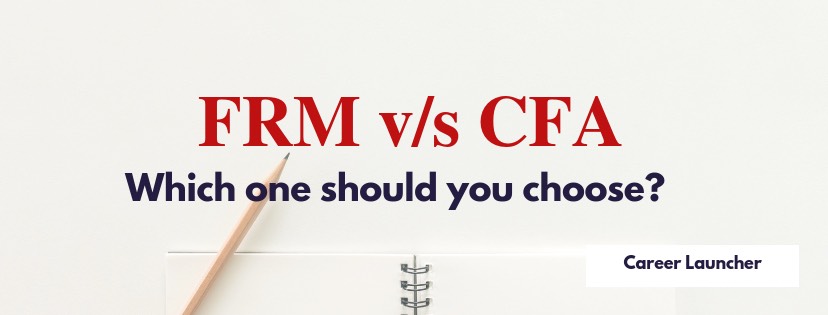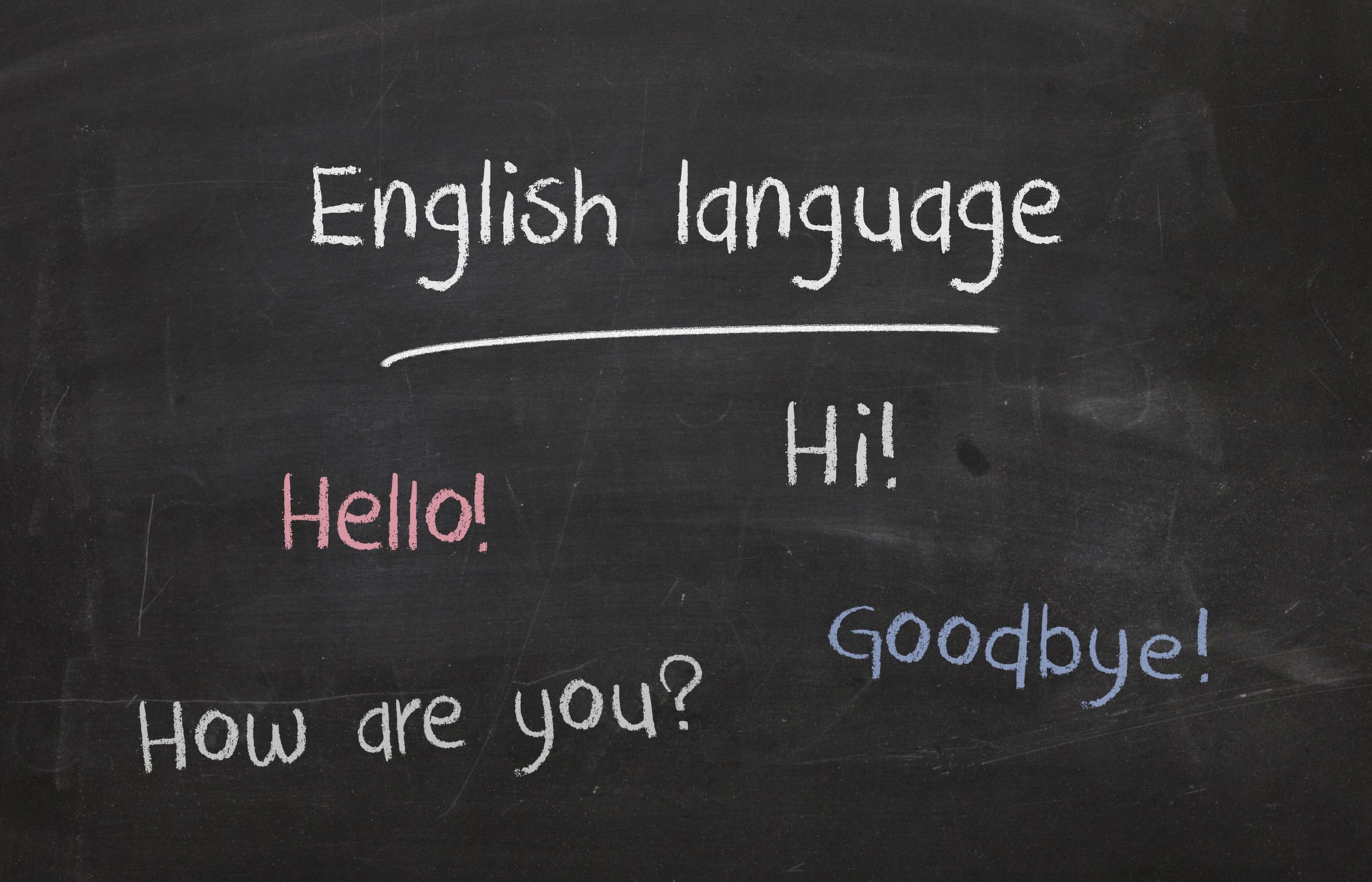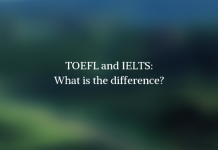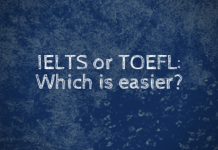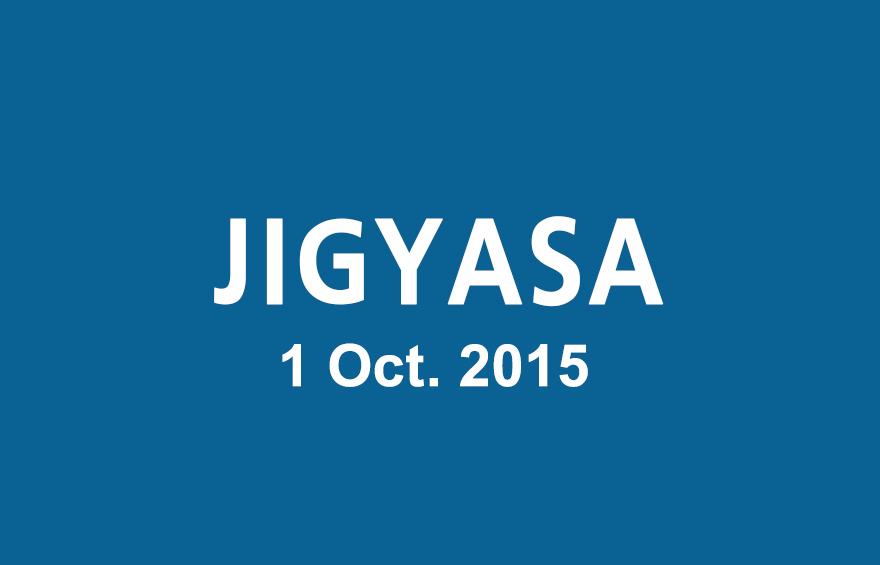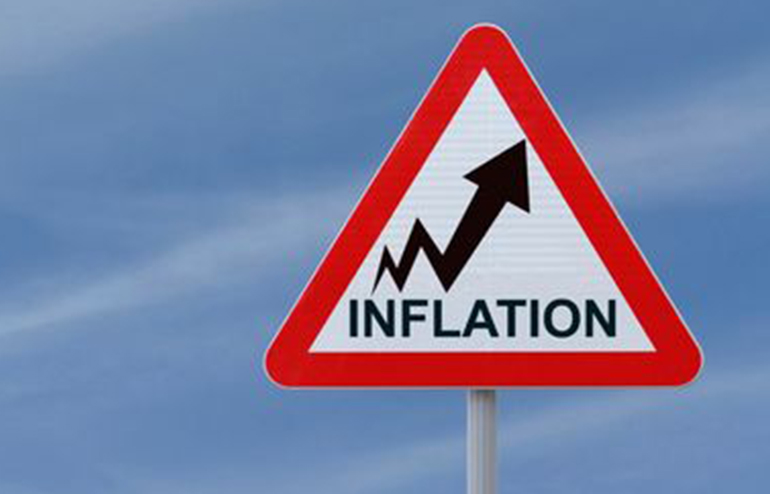Here is your daily dose of current affairs!
Amendment to President address in Rajya Sabha
The government in Rajya Sabha suffered a major embarrassment after the opposition got an amendment passed to the President’s address. It is second time in a row for the government and fifth time in independent India’s parliamentary history.
The amendment regretted that the President’s address did not support the rights of citizens to contest in panchayat elections, in the backdrop of restrictions imposed in Haryana and Rajasthan.
Analysis
What will happen to the motion of thanks next? – The motion of thanks will be sent back to the President with a mention of the amendments passed.
What is the motion of thanks? – The President makes a special address to a joint sitting of both Houses, at the beginning of the first session after an election, and at the first session each year (usually the budget session). The address is a statement of government policy, which has to be approved by the Cabinet. The President highlights the legislative and policy activities and achievements during the preceding year and gives a broad indication of the agenda for the year ahead.
The address is followed by a motion of thanks moved in each House by ruling party MPs, followed by discussions that last up to three or four days and conclude with the Prime Minister replying to the points raised during the discussion.
After the PM’s reply, MPs vote on the motion of thanks and some may move amendments to the address. The amendments may emphasise or add issues addressed by the President or highlight those that did not find mention. Changes proposed by MPs are not passed in Parliament.
When has an amendment been made in the past? – Such an amendment has been made five times including the present one. It has happened before in 1980, 1989, 2001, 2015, 2016. All the times it has been done in the Rajya Sabha.
Source: TheHindu, Indian Express
Law Commission reference on inter-parental abduction
The Law Commission has received a reference from the Punjab and Haryana High Court for examining multiple issues involved in inter-country and inter-parental child removal among families locked in disputes.
At present, India does not recognise such abduction of children as an offence. A recent case where a minor was taken away from the custody to United Kingdom on a fake passport. The removal or retention of a child in breach of custody rights is an offence under the Hague Convention on the Civil Aspects of International Child Abduction, 1980. Since India is not a signatory to the agreement, children are taken away with the courts and authorities not being able to take any action.
Analysis
What is the Hague Convention on the Civil Aspects of International Child Abduction? – The Hague Convention on the Civil Aspects of International Child Abduction or Hague Abduction Convention is a multilateral treaty developed by the Hague Conference on Private International Law (HCCH) that provides an expeditious method to return a child internationally abducted by a parent from one member country to another.
The Convention was concluded 25 October 1980 and entered into force between the signatories on 1 December 1983. The Convention was drafted to ensure the prompt return of children who have been abducted from their country of habitual residence or wrongfully retained in a contracting state not their country of habitual residence.
What is the Law commission’s view on it? – Law Commission’s recommended in its 218th report in 2009, that India has not signed the Hague Convention and no domestic law defines or governs law on inter-country and inter-parental child removal. It has recommended India to sign it.
Source: TheHindu, Wikipedia
Lok Sabha passes bill to amend Enemy Property Act
The  Lok Sabha has passed a bill to amend Enemy Property Act that was put in place to guard against claims of succession or transfer of properties left by people who migrated to Pakistan and China after the wars.
The Enemy Property (Amendment and Validation) Bill, 2016, which amends the Enemy Property Act, 1968, was passed by voice vote amid the government’s assertion that the measure should not be seen from the prism of religion or caste.
The amendments include that once an enemy property is vested in the Custodian, it shall continue to be vested in him as enemy property irrespective of whether the enemy, enemy subject or enemy firm has ceased to be an enemy due to reasons such as death. The new Bill ensures that the law of succession does not apply to enemy property; that there cannot be transfer of any property vested in the Custodian by an enemy or enemy subject or enemy firm and that the Custodian shall preserve the enemy property till it is disposed of in accordance with the Act. The amendments are aimed at plugging the loopholes in the Act to ensure that the enemy properties that have been vested in the Custodian remain so and do not revert to the enemy subject or firm.
Analysis
What is the Enemy Property Act? – The Enemy Property Act was enacted in the year 1968 by the Government of India, which provided for the continuous vesting of enemy property in the Custodian. The Central Government through the Custodian of Enemy Property for India is in possession of enemy properties spread across many states in the country. In addition, there are also movable properties categorized as enemy properties.
In the wake of the Indo-Pak war of 1965 and 1971, there was migration of people from India to Pakistan. Under the Defence of India Rules framed under the Defence of India Act, the Government of India took over the properties and companies of such persons who had taken Pakistani nationality. These enemy properties were vested by the Central Government in the Custodian of Enemy Property for India.
After the 1965 war, India and Pakistan signed the Tashkent Declaration on 10.01.1966. The Tashkent Declaration inter alia included a clause, which said that the two countries would discuss the return of the property and assets taken over by either side in connection with the conflict. However, the Government of Pakistan disposed of all such properties in their country in the year 1971 itself.
Source: The Hindu
Price Cap on Bt Cotton seeds
The central government announced a maximum sale price for Bt cotton seed varieties in an attempt to bring about uniformity in cotton seed prices across the country.
Announced for the financial year 2016-17, the maximum sale price of Bt Cotton seed BG-I version has been fixed at Rs. 635 while for the BG-II version it is Rs. 800. The seed packets would be of 450 grams, including 120 grams refugia.
A nine-member committee was set up to recommend the maximum sale price of Bt cotton seeds.
Analysis
What is Bt-cotton? – Cotton and other mono cultured crops require an intensive use of pesticides as various types of pests attack these crops causing extensive damage. Over the past 40 years, many pests have developed resistance to pesticides.
The Bt cotton variety contains a foreign gene obtained from bacillus thuringiensis. This bacterial gene, introduced genetically into the cotton seeds, protects the plants from bollworm (A. lepidoptora), a major pest of cotton.
What is the need of a cap on price? – The Bt cotton seed market is dominated by Mahyco Monsanto Biotech Ltd (MMBL). There have been previously references made to Competition Commission of India for investigation of dominance of Mahyco Monsanto Biotech Ltd (MMBL) and abuse of monopoly in Bt cotton technology so as to ensure competition in the market.
Source: TheHindu
SC notice over advertisements
The Supreme Court has issued notice on a plea to initiate contempt action against the Delhi and Tamil Nadu governments for allegedly defying an apex court judgment barring the publication of Chief Ministers’ photographs in government advertisements.
The court had said government ads should feature only the photographs of President, Prime Minister and the Chief Justice of India, that too, if they wish so.
It had reasoned that publication of photographs of politicians and government functionaries, including CMs, defeated the public interest behind advertising welfare schemes and encouraged “personality cults.â€
Attorney-General Mukul Rohatgi, appearing for both the Centre and Tamil Nadu, argued that Chief Ministers are as important a constitutional authority as the Prime Minister in a federal democracy.
Analysis
What were SC’s guidelines? – The Supreme Court in 2014 had set up a committee to consider various issues surrounding government advertisements and submit a report. The committee submitted a report to the court entitled the Government Advertisements (Content Regulation) Guidelines 2014.
The recommendations of the committee, which the court has accepted with four exceptions, mandated that government advertisements will not contain a political party’s symbol, logo or flag. Government advertisements are required to be politically neutral and must refrain from glorifying political personalities.
The court found advertisements on government functioning and achievements “permissible†as they help inform citizens. It added that the “achievements of a Government should not be a matter of publicityâ€. The court said any advertisement that provides information, if it’s in a proper format, will be allowed.The photographs of only three dignitaries should be allowed on government ads—the President, Prime Minister and the Chief Justice of India (CJI).
The court differed with the committee on recommendations for the appointment of an ombudsman to oversee the implementation of the guidelines, a special performance audit of government spending and an embargo on publication of advertisements on the eve of elections.
Source: TheHindu, Livemint
Take the Quiz below to know your preparation Level!Â
Your Score:
Your Ranking:











